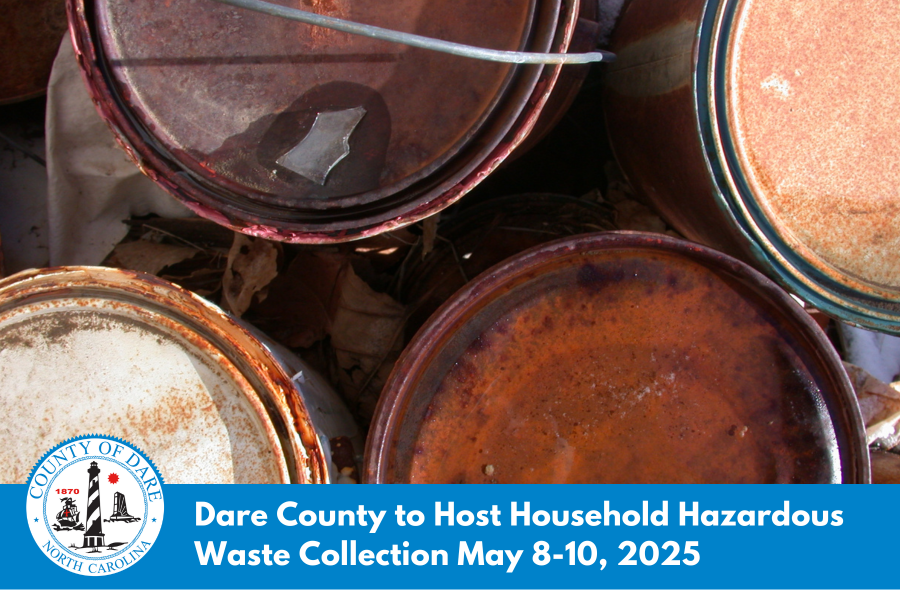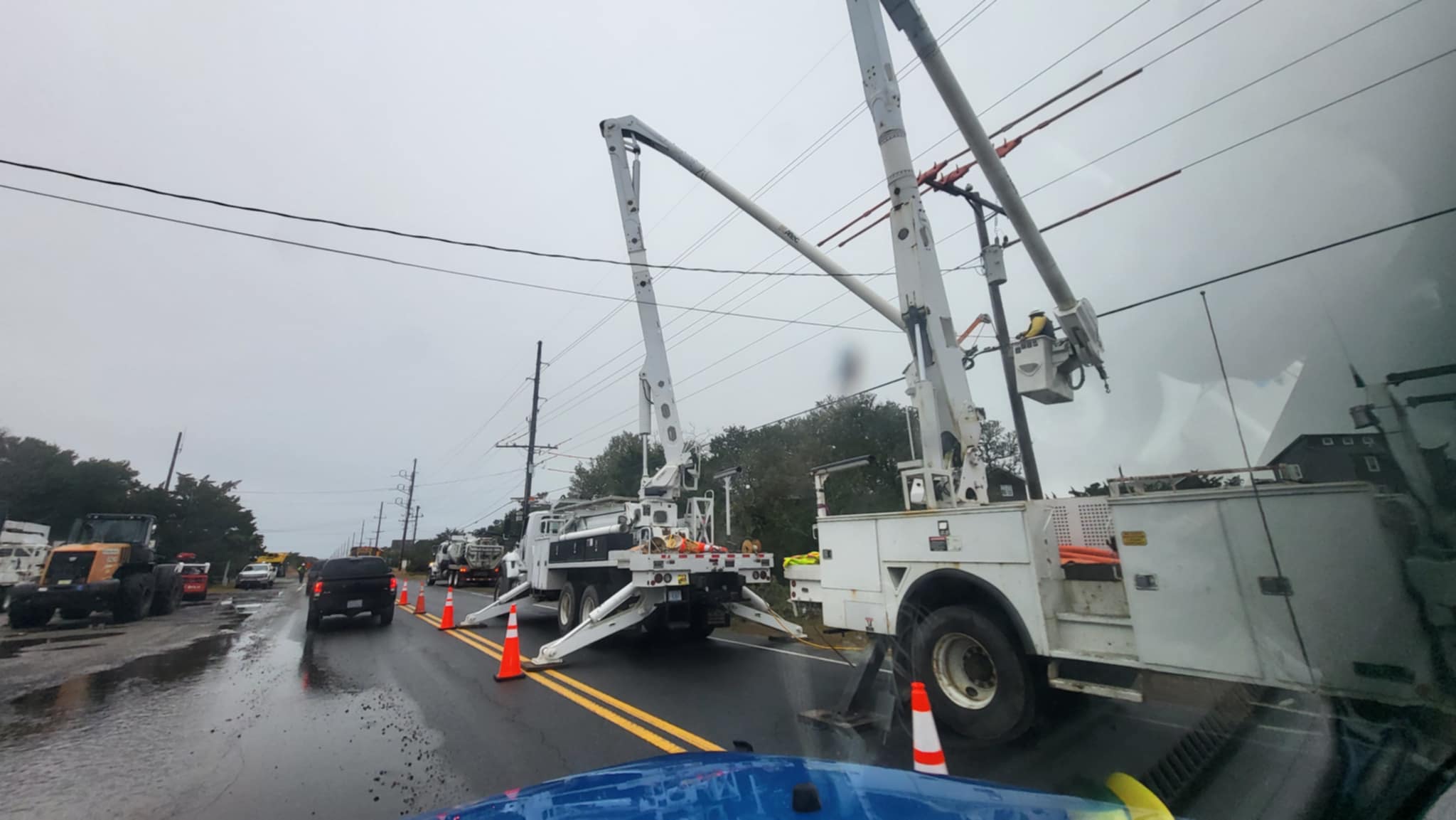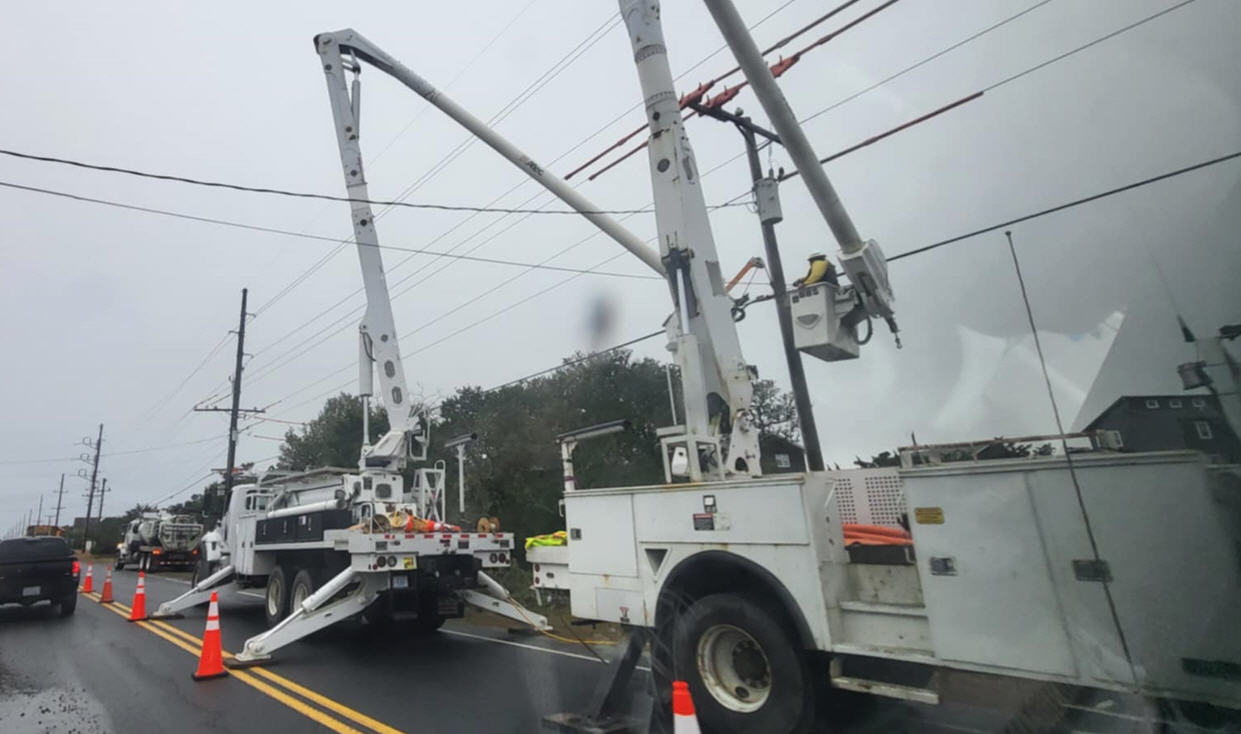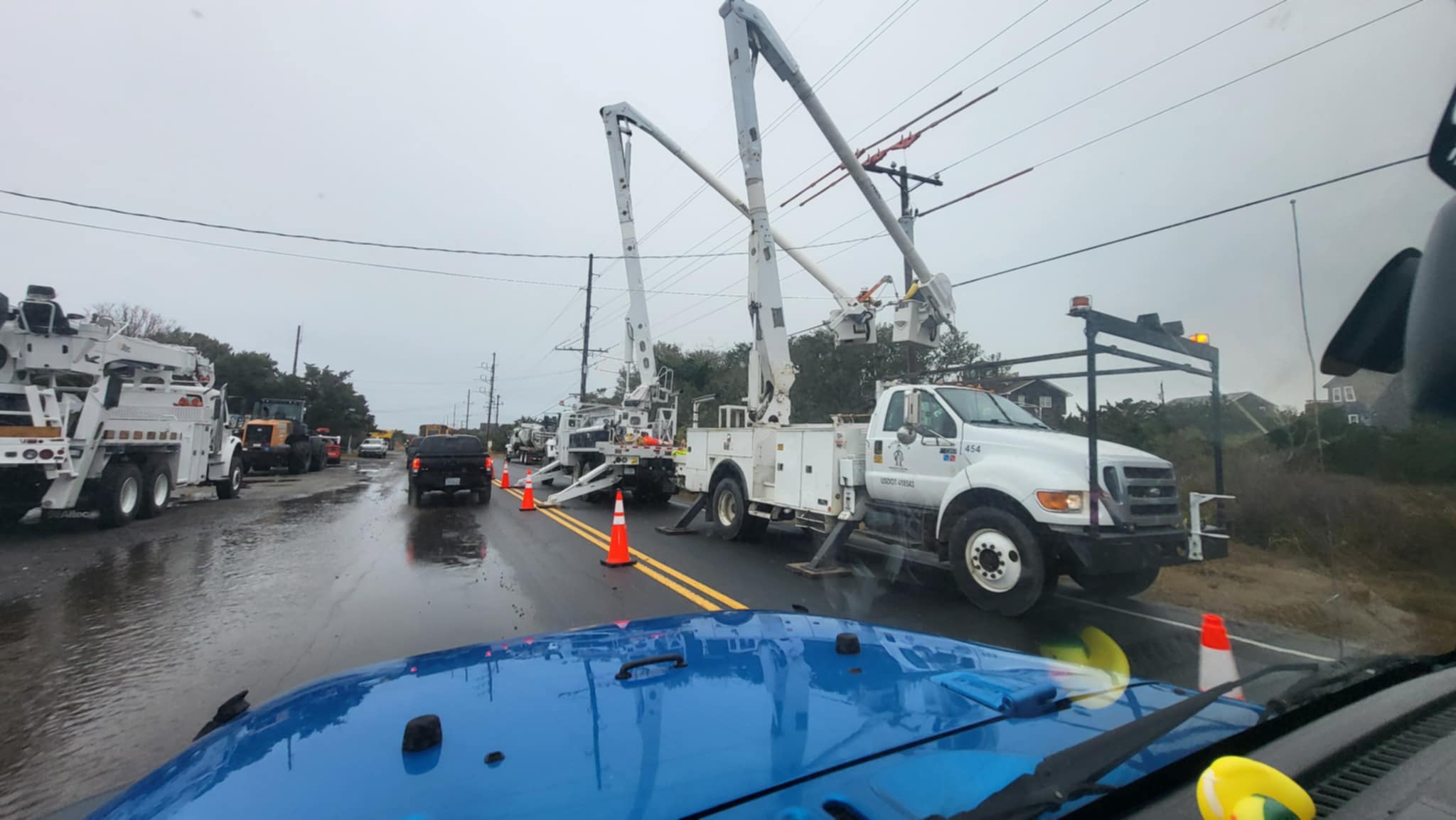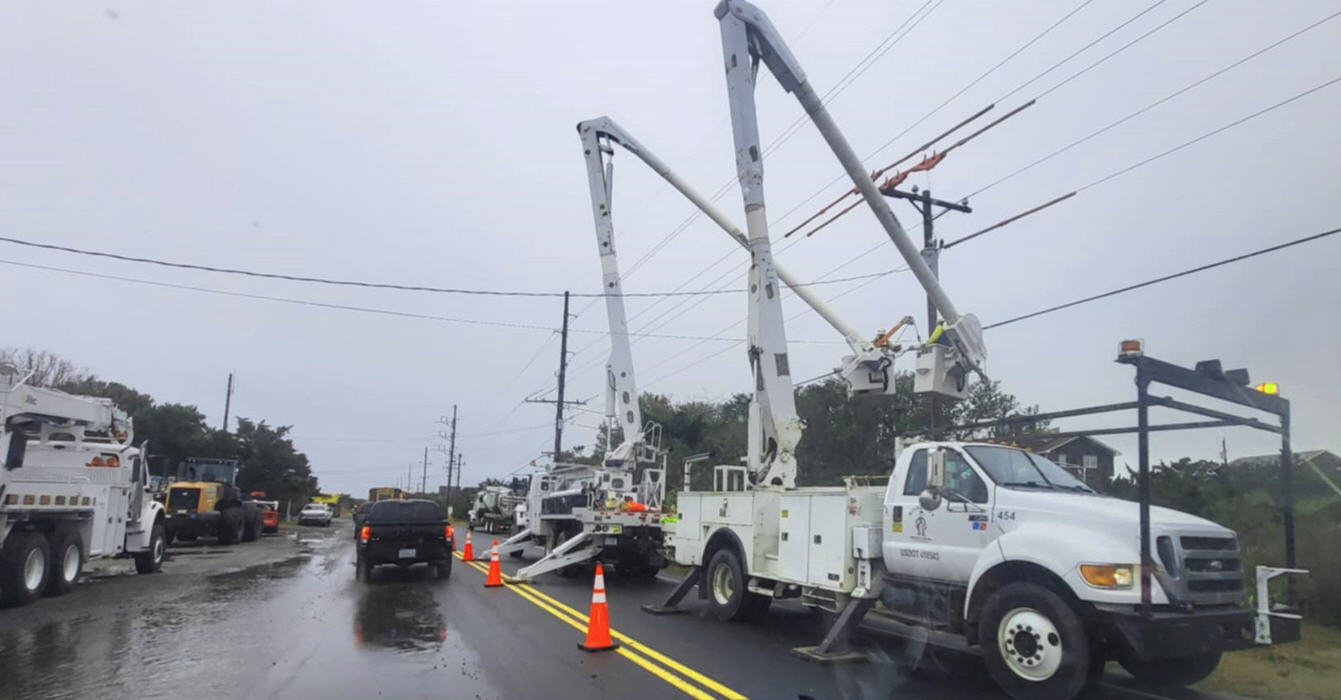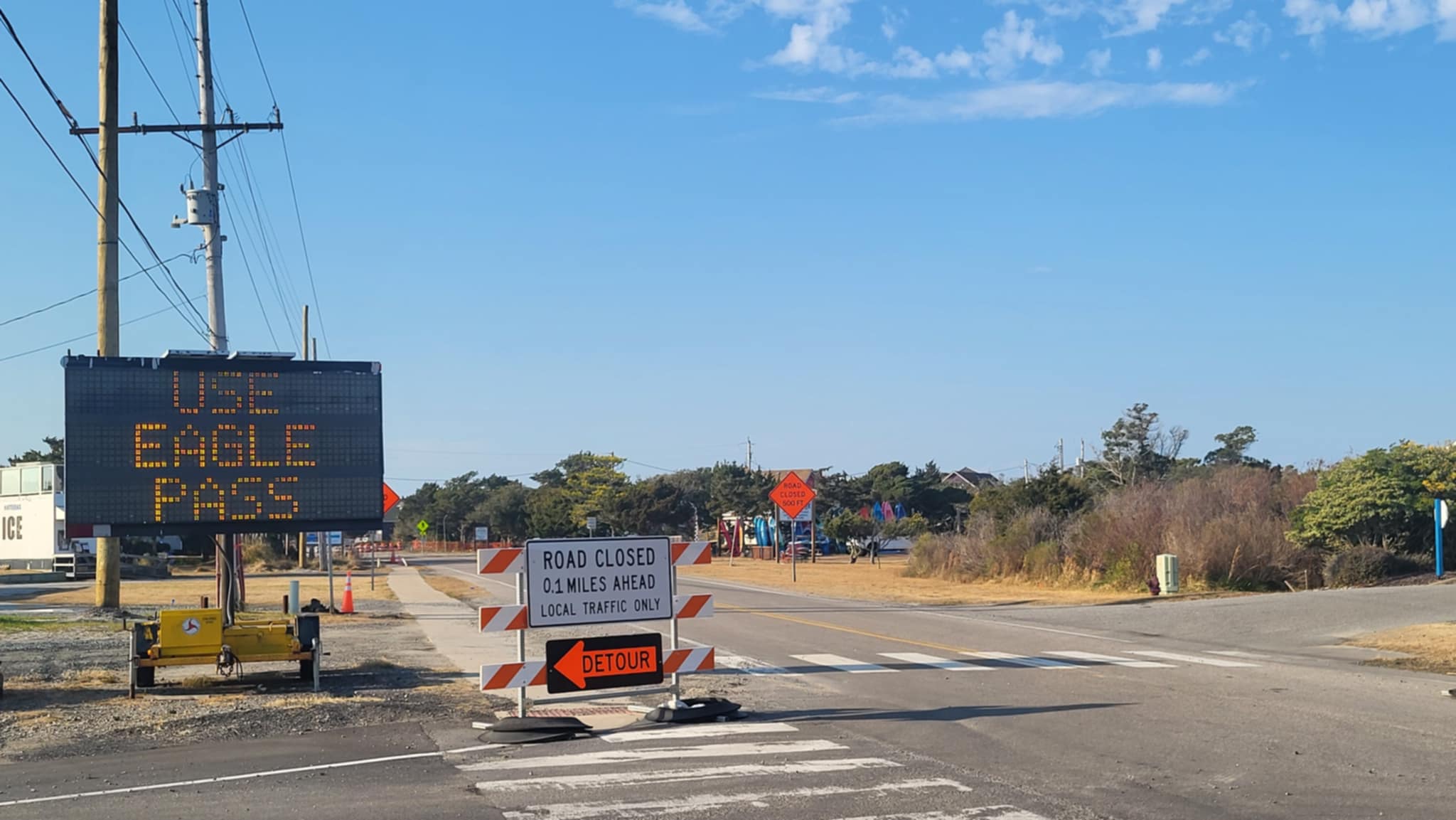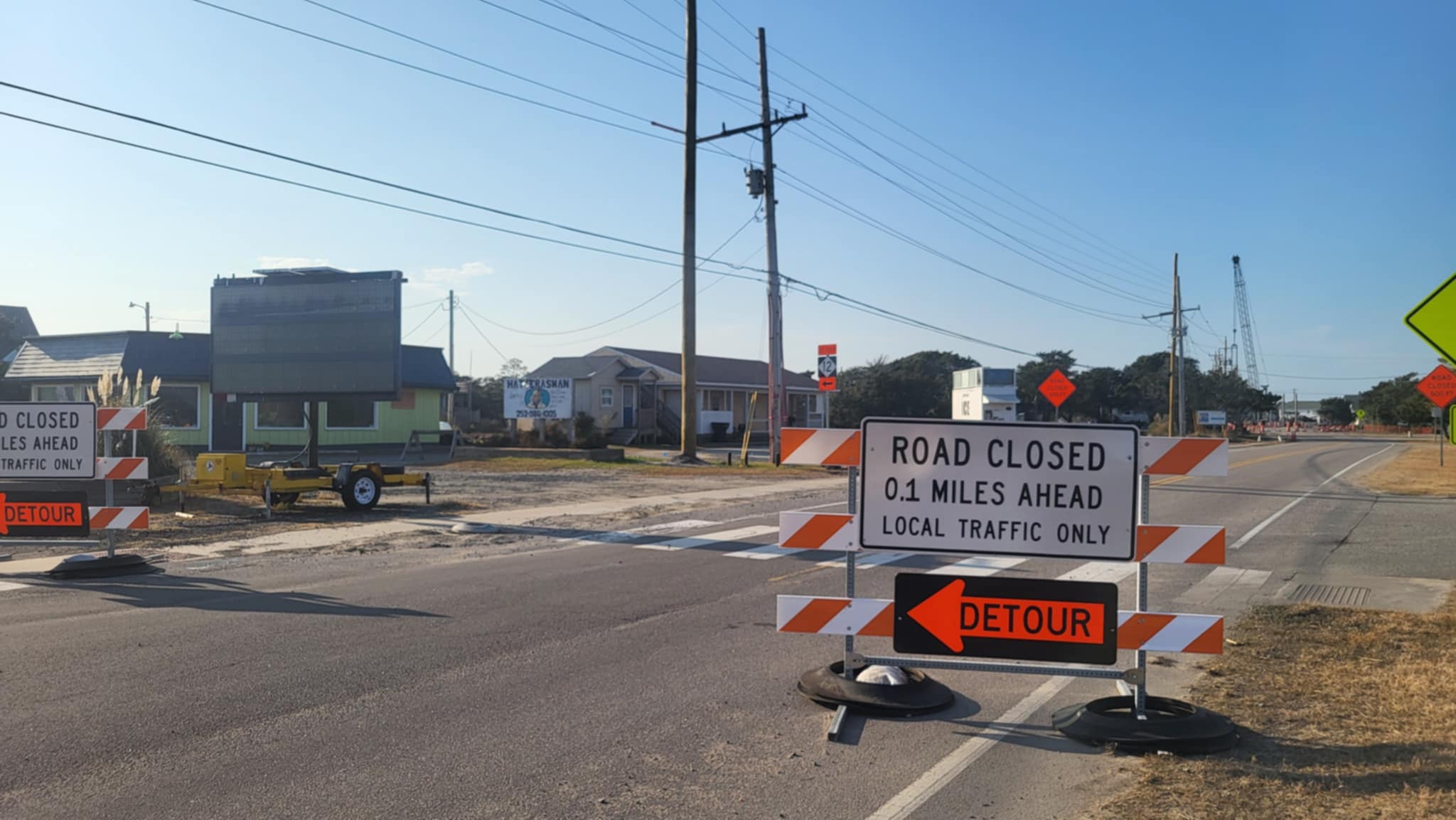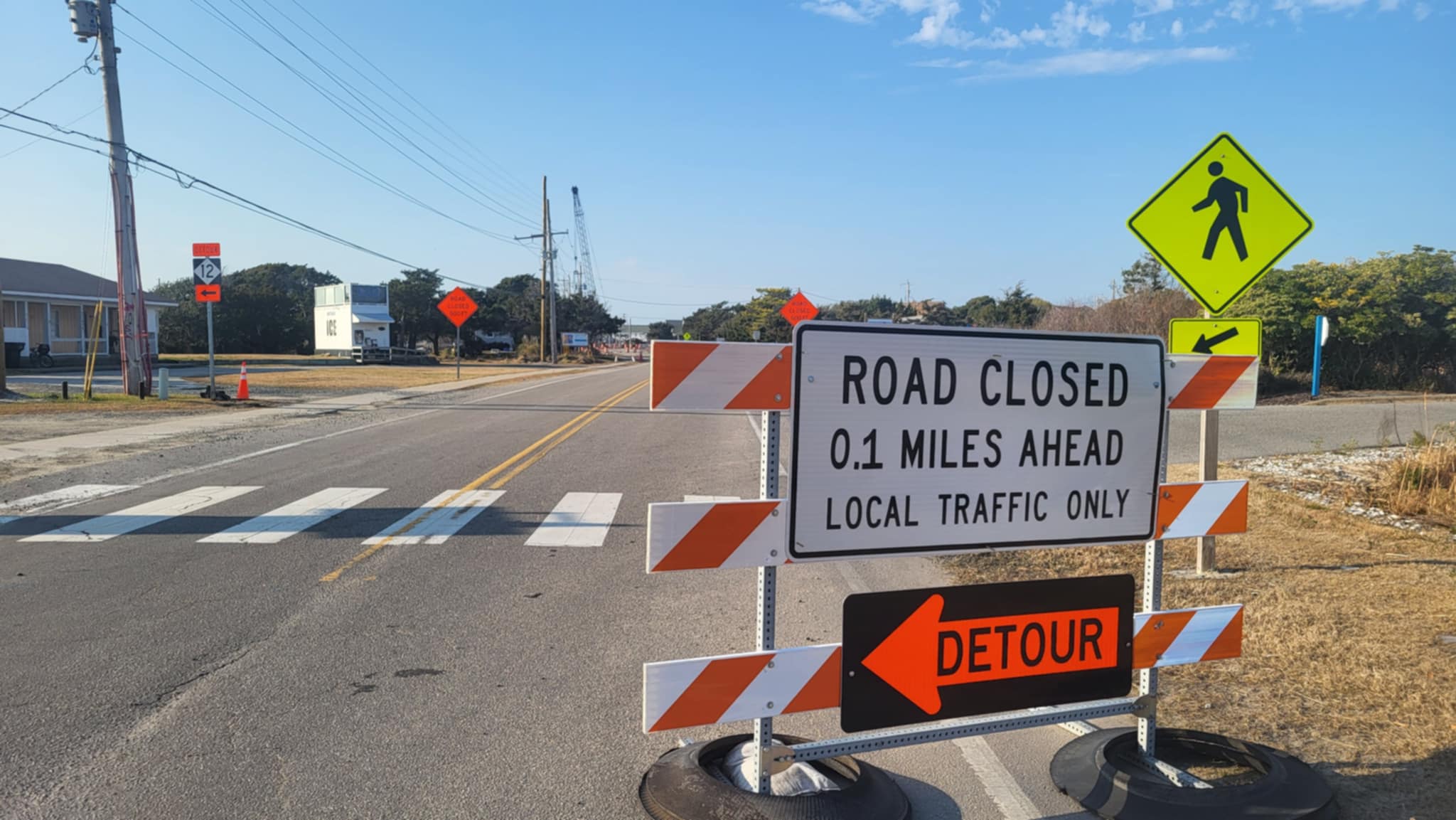While the public is commenting on the National Park Service’s proposal rule for off-road vehicles on the Cape Hatteras National seashore, park officials are already working on the details of implementing a final plan. The proposed rule was published in the Federal Register on July 6. Sixty days of public comment ends on Sept. 6. Then the park must analyze and respond to the comments before a final rule can be published. The number of responses will determine how long the analysis of the public comment will last, but it could be several weeks or months. The final rule will be effective 30 days after it is published in The Federal Register. According to the terms of a consent decree that ended a lawsuit by environmental groups over ORV operation on the seashore, the rule is to be effective by Nov. 15. And that apparently is what the Park Service is planning for. One unanswered question is how much permits to operate an ORV in the seashore will cost. Seashore Superintendent Mike Murray says the park is working now on determining fees for annual and seven-day permits. Murray says the park is working through the process that was outlined in the Final Environment Impact Statement – on pages C-60 and C-61 of Appendix C in Volume II of that document. As outlined, the ORV permits will be operated as a cost recovery program. The actual price “will be derived by determining all the additional operational costs (staffing, supplies, equipment and other non-personnel costs), above and beyond” the park’s base funding that will be required to administer and manage the permit program. That number will be divided by the estimated number of permits by type, annual or seven-day, that will be sold to determine the cost of the permit by type. These above and beyond the base funding will include: Staffing to issue permits and enforce permit requirements Additional staffing needed to implement new management activities related to law enforcement, resource management, maintenance, and education outreach ORV informational materials, signs, and supplies And other programs support costs necessary to administer and implement the plan and rule. “The initial price will inherently involve some subjective analysis because of the uncertainties about the total number of permits and the number of permits by type that might be purchased,” according to the FEIS. However, the Park Service, based on the cost of permits at other locations, said it is looking at annual permits in the $90 to $150 price range. Seven-day permits are estimated at 33 to 50 percent of the annual permits. The FEIS also notes that “the permit is not intended to guarantee access at all times to all areas designated as ORV routes.” That fact alone could drive down the number of visitors who might seek seven-day permits and theoretically drive up the cost. The FEIS and the proposed rule also specify that applicants must apply in person for permits and complete a “short” education program – at no specified locations. That could cause a logjam when visitors arrive on weekends for their weekly rentals and all try to get permits on a Saturday or Sunday. The plan and proposed rule also called for a number of infrastructure improvements, including new ramps, parking areas for access to pedestrian-only stretches of beach, and interdunal roads. Murray says that the park has not yet determined the cost of the improvements. “More detailed planning needs to be done to accurately determine construction costs,” he said in an e-mail and phone interview earlier this month. “Construction of new infrastructure will require an environmental assessment (EA),” he said, “to further flesh out details of size, configuration, and construction materials for proposed improvements (which will determine the construction costs), and to evaluate the site-specific impacts.” The park, he said, expects to begin work on the EA this fall. When the final ORV regulation goes into effect 30 days after its publication, Murray said that the designed routes and other ORV management elements in the rule, such as permits and night driving, will become effective – even though infrastructure improvements cannot be made until after an environmental assessment is completed. “Once the EA is completed,” he said, “construction can occur and will likely be phased over several years, with first priority given to installing the new ramps and parking areas that are necessary to support access to the designated routes and vehicle free areas (i.e., that would provide the primary access point to an area), and second priority given to those ramps and parking areas that would enhance access to those areas (e.g., that would provide a second access point to an area).” He said that the two phases would be completed over a “several year period” and would use the park’s appropriated funding.
FOR MORE INFORMATION
Click here to read the regulation.
Click here to read the Record of Decision on the selected alternative which was published last December.
Public Comments:
The public comment period will be open from today until Sept. 6. Comments must be received on or before midnight (Eastern Daylight Time) on Tuesday, Sept. 6. The NPS says that it does not anticipate extending the public comment period beyond Sept. 6 because of the court deadline for completing the final rule.
You may submit comments on the Proposed Rule, identified by the Regulation Identifier Number: (RIN) 1024-AD85, by any of the following methods:
Federal eRulemaking Portal: http://www.regulations.gov. Follow the instructions for submitting comments
Mail or hand deliver to: Superintendent, Cape Hatteras National Seashore, 1401 National Park Drive, Manteo, North Carolina 27954.
Comments submitted through the Federal eRulemaking portal: http://www.regulations.gov or submitted by mail must be entered or postmarked before midnight (Eastern Daylight Time) Sept. 6. Comments submitted by hand delivery must be received by the close of business hours (5 p.m. Eastern Daylight Time) September 6, 2011. Comments will not be accepted by fax, e-mail, or in any way other than those specified above, and bulk comments in any format (hard copy or electronic) submitted on behalf of others will not be accepted.
All submissions received must include the agency name and RIN for this rulemaking: 1024-AD85. All comments received through the Federal eRulemaking portal at http://www.regulations.gov will be available without charge. Before including your address, phone number, e-mail address, or other personal identifying information in your comment, you should be aware that your entire comment including your personal identifying information may be made publicly available at any time. While you can ask us in your comment to withhold your personal identifying information from public review, we cannot guarantee that we will be able to do so.
To view comments received through the Federal eRulemaking portal, go to http://www.regulations.gov and enter “1024-AD85″ in the “Keyword or ID” search box.












